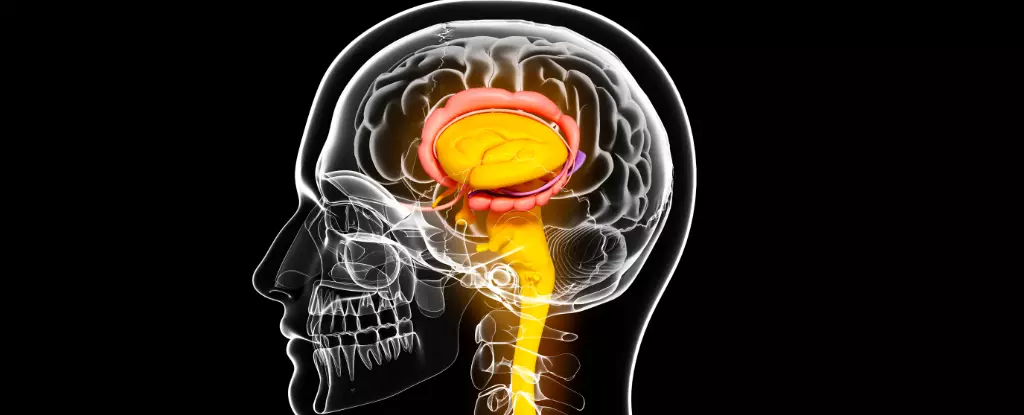In the intricate architecture of the human brain, the subcortical structures often remain overshadowed by the grandeur of the cerebral cortex. However, these deep-brain areas are essential for a myriad of functions, including but not limited to emotion regulation, motor control, learning, and attention. Unfortunately, they are also frequently implicated in various neurological disorders such as schizophrenia, ADHD, and Parkinson’s disease. Recent advancements in neuroscience have begun to unveil the complexities of these structures, particularly how genetic variations can influence their development and operation.
A comprehensive international study has shed light on the impact of 254 genetic variants on subcortical brain structures, which could provide a framework for understanding the genetic underpinnings of several neurological disorders. Spearheaded by Paul M. Thompson of the University of Southern California (USC), the research involved a collaborative effort from 189 scientists and analyzed data from 74,898 individuals across 19 countries. This unprecedented scale highlights the scientific community’s commitment to unraveling the genetic ties associated with brain health and disease.
The Enhancing Neuro Imaging Genetics through Meta-Analysis (ENIGMA) consortium served as a backbone for this research effort, embodying collaboration from over 1,000 labs across the globe. According to Thompson, this vast undertaking aims to elucidate what has been termed “the genetic essence of humanity,” as the research transcends geographical boundaries to uncover insights into human neuroanatomy.
The research capitalized on a methodology known as genome-wide association study (GWAS), a powerful tool that allows scientists to comb through DNA sequences across large populations to identify genetic markers linked to certain traits or disorders. The study’s findings revealed that up to 10 percent of the observed volume variations in various subcortical regions could be attributed to the identified genetic variants.
Analyzing the volume of critical regions such as the amygdala, thalamus, and hippocampus has provided intriguing insights into their associations with neurological conditions. Particularly noteworthy were the genetic correlations found between eight subcortical brain volumes and Parkinson’s disease, alongside three connections with ADHD. This research marks a significant milestone as it is the most extensive GWAS meta-analysis targeting intracranial and subcortical brain volumes to date.
The implications of these findings are profound and far-reaching. As Miguel Rentería from the Queensland Institute of Medical Research pointed out, there is a compelling biological basis behind disorders like ADHD and Parkinson’s. The genetic insights gleaned from this research pave the way for a better understanding of these conditions, potentially leading to more effective treatments. Rentería emphasized that pinpointing genetic influences underpinning individual differences in brain structure could be vital for unraveling the mysteries behind various brain-related disorders.
Despite the promising outcomes of this research, the relationship between genetic variation and the actual onset of brain disorders remains largely speculative. Additional research is essential to probe deeper into how these genetic factors intersect with environmental influences, thereby shaping neural pathways that culminate in observable disorders.
While this study signifies a leap forward in our understanding of the genetic roots of neurological conditions, it is clear that the journey of exploration is far from complete. With a burgeoning database of genetic and volumetric data, researchers have a unique opportunity to map out more comprehensive models of how genetic and environmental factors interact. As emphasized by Thompson, this research effectively illuminates precise locations in the brain where these genetic influences exert their effects, providing a roadmap for future studies aimed at deciphering the complexities of subcortical structures.
The intersection of genetics and neuroscience presents a robust frontier for academic inquiry. As we continue to demystify the genetic influences on brain structures, we inch closer to understanding the etiology of neurological disorders and devising more tailored therapeutics that resonate with our growing understanding of human genetics. The potential to transform lives through such research cannot be overstated, offering hope in the face of challenging conditions rooted in our most profound biological framework.


Leave a Reply